All products featured are independently chosen by us. However, SoundGuys may receive a commission on orders placed through its retail links. See our ethics statement.
JBL Grip vs JBL Flip 7: Which portable speaker is right for you?
September 29, 2025
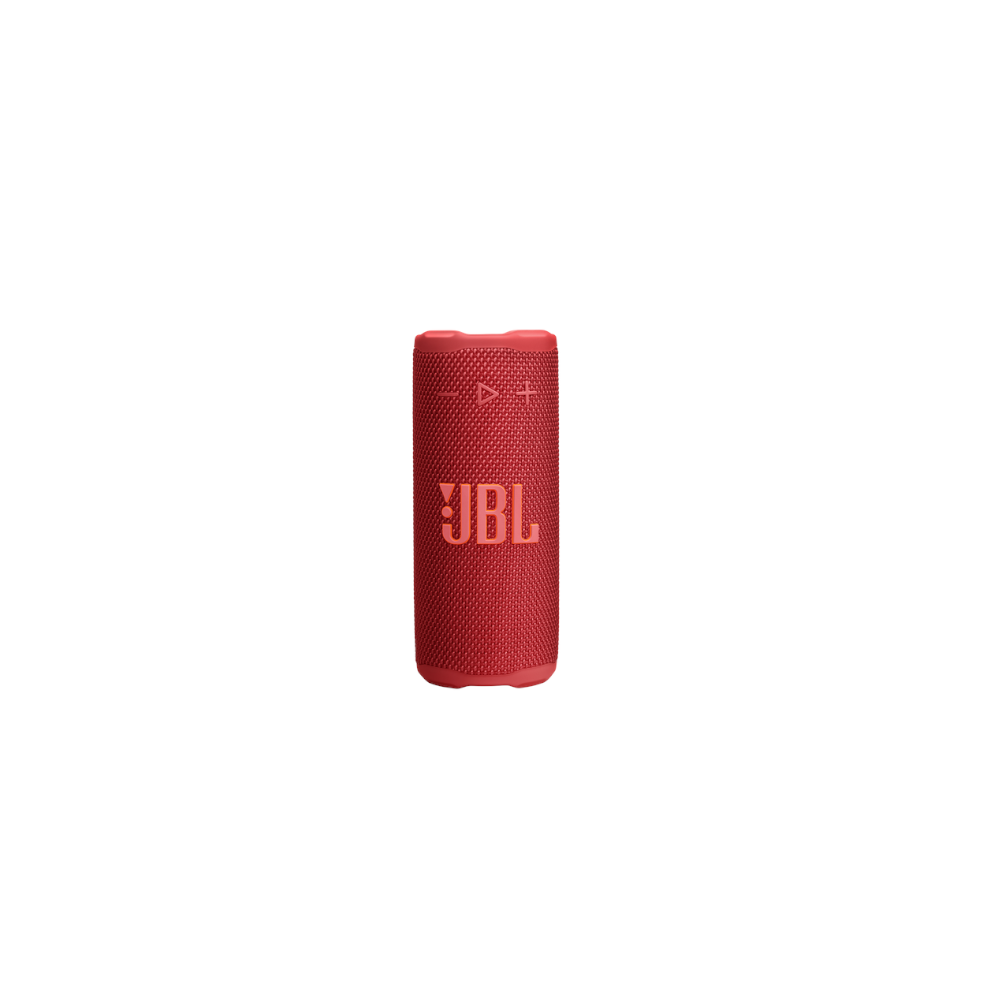

JBL’s portable speaker lineup continues to grow with its latest addition: the JBL Grip. At first glance, it might seem like a sibling to the Flip 7—they both fall under the same family of rugged, outdoor-friendly speakers—but after spending time with each, I found they serve different purposes. The Grip leans into fun portability with lighting effects and a smaller footprint, while the Flip 7 doubles down on durability and fuller sound. Let’s see how they compare in everyday use—and break it all down to determine which portable speaker is right for you.
This article was published on September 29th, 2025, and is the first version.
What’s it like to use the JBL Grip compared to the JBL Flip 7?
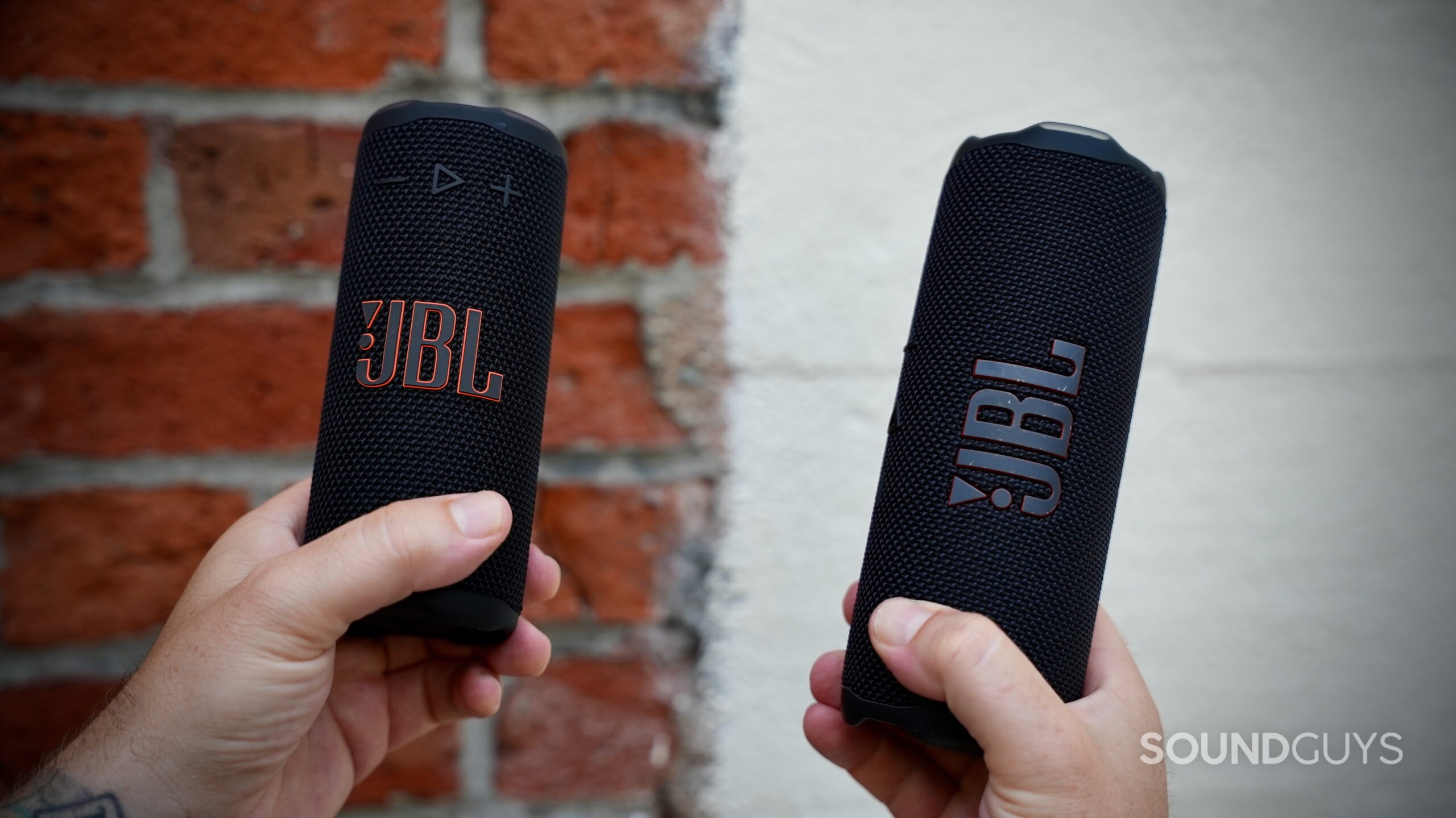
The JBL Grip feels like JBL’s most playful portable yet. Shaped like an energy drink can and designed to perform upright, it’s lighter at 385g and easy to toss in a bag or clip to a backpack. It offers an IP68 rating and drop-proof build, so you won’t have to worry about beach sand or unexpected splashes. The ambient lighting strip around the back adds a bit of flair, something I didn’t expect to care about, but looks pretty cool reflecting off the walls if your speaker is in the corner of a room. The controls are familiar JBL territory, with playback buttons up front and dedicated power, Bluetooth, and Auracast buttons on top.
The Flip 7, meanwhile, is rocking JBL’s classic horizontal cylindrical design. At 560g, it’s heavier but still very portable. JBL reinforced its rubber bumpers and introduced a new “PushLock” carabiner system that actually came in handy when hanging it from a tree at a campsite. Like the Grip, it carries an IP68 rating and “drop-proof” build, but the Flip 7 feels like the sturdier of the two with those protruding rubber bumpers. Controls are spread out across the enclosure, with the Auracast button replacing PartyBoost. While it doesn’t flash lights like the Grip, the Flip 7 retains the classic JBL look we’ve come to know.
How do you control the JBL Grip and JBL Flip 7?
The JBL Grip and the Flip 7 both operate via physical controls, as outlined below.
JBL Grip
| Action | Power button | Bluetooth button | Auracast button | Volume - | Play / Pause | Volume + |
|---|---|---|---|---|---|---|
| Action 1x Press | Power button Power on / off | Bluetooth button Enter pairing mode | Auracast button Enable Auracast | Volume - Volume down | Play / Pause Play / Pause | Volume + Volume + |
| Action 2x Press | Power button | Bluetooth button | Auracast button | Volume - | Play / Pause Skip track | Volume + |
| Action 3x Press | Power button | Bluetooth button | Auracast button | Volume - | Play / Pause Previous track | Volume + |
JBL Flip 7
| Action | Power button | Bluetooth button | Auracast button | Play button | Volume + | Volume - |
|---|---|---|---|---|---|---|
| Action Press 1x | Power button Turn on device | Bluetooth button Enter pairing mode | Auracast button Connect with other JBL Auracast supported speakers | Play button Play / Pause | Volume + Volume up | Volume - Volume down |
| Action Press 2x | Power button | Bluetooth button | Auracast button | Play button Next track | Volume + | Volume - |
| Action Press 3x | Power button | Bluetooth button | Auracast button | Play button Previous track | Volume + | Volume - |
| Action Press and hold | Power button | Bluetooth button | Auracast button | Play button Engage audio over USB (while inserting the cable at the same time) | Volume + | Volume - |
Does the JBL Grip or JBL Flip 7 have more features?
Both the JBL Grip and the JBL Flip 7 work with the JBL Portable app. You get some EQ presets, but more importantly, a 7-band custom EQ to personalize the sound. The app also lets you enable the “PlaytimeBoost” feature to extend battery life, manage any Auracast-linked speakers, get firmware updates, and—on the Grip—customize the lighting effects.
How do the JBL Grip and JBL Flip 7 connect?
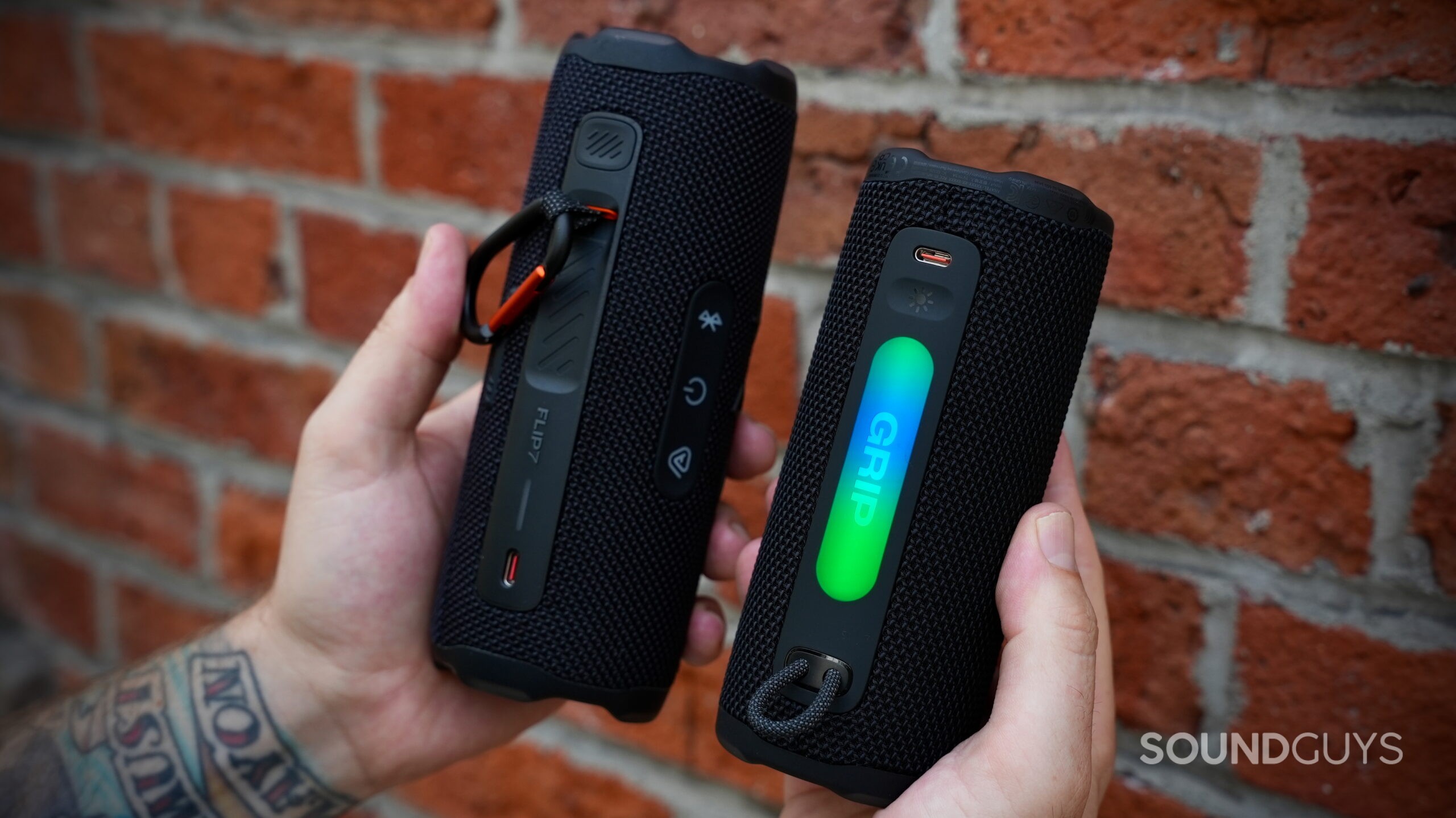
Both the JBL Grip and the Flip 7 connect to your device via Bluetooth 5.4, and they support both SBC and AAC codecs. They also support multipoint, meaning you can connect to your laptop and phone simultaneously and switch back and forth between them seamlessly.
However, when it comes to connectivity, the Flip 7 has a slight edge. It offers wired listening, including support for lossless audio over its USB-C port. It’s a cool feature to have, though not everyone will use it.
Is battery life better on the JBL Grip or JBL Flip 7?
We’re still running battery tests on the JBL Grip, so we can’t confirm its endurance just yet. JBL advertises 12 hours of playback (or 14 hours with PlayTime Boost), but given its size and LED lighting, it’s likely better suited for casual daytime use than long, late-night sessions. It recharges via USB-C in about 3 hours.
The Flip 7, on the other hand, is already showing stronger stamina. JBL lists 14 hours of battery life (or 16 with PlayTime Boost), and in our testing at 80dB, it lasted 6 hours and 16 minutes. That’s well below the spec, but still still a good amount of listening time.
Does the JBL Grip sound better than the JBL Flip 7?
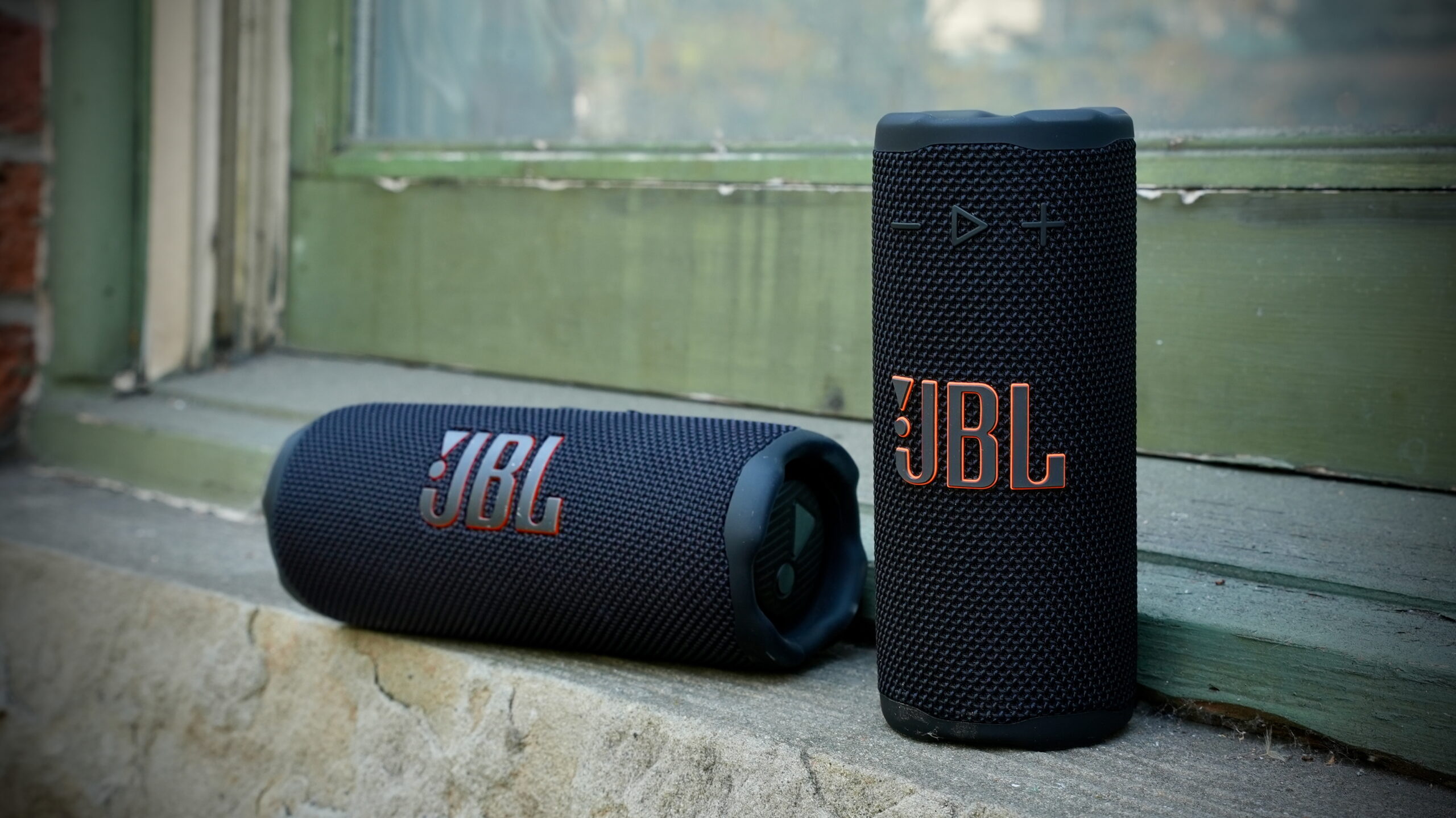
The JBL Grip impressed me right away with how much sound it pushes from such a small enclosure. Its single full-range driver and dual passive radiators give it surprisingly punchy bass and treble clarity, making rock tracks feel lively and energetic. Compared to the Clip 5, the Grip sounds more refined, with better low-end definition and less boxiness in the mids. Still, when I played bass-heavy EDM tracks at higher volumes, I noticed the Grip’s size limits—deep synth hits and kick drums flatten out quicker than I’d like. For casual listening, though, it holds up better than you’d expect.
The Flip 7, on the other hand, delivers a fuller, more balanced sound thanks to its larger drivers and stronger bass response. In my testing, rock and electronic tracks benefited the most—kick drums hit harder, and vocals and guitars came through with a clearer midrange presence. The 7-band EQ in the app let me fine-tune the sound even further, whether I wanted to boost the low end or sharpen treble clarity depending on the genre. While it’s still a mono speaker, the Flip 7 sounds bigger than it looks. In a direct comparison, it outperforms the Grip in depth, clarity, and overall listening enjoyment—especially at higher volumes.
Should you get the JBL Grip or JBL Flip 7?
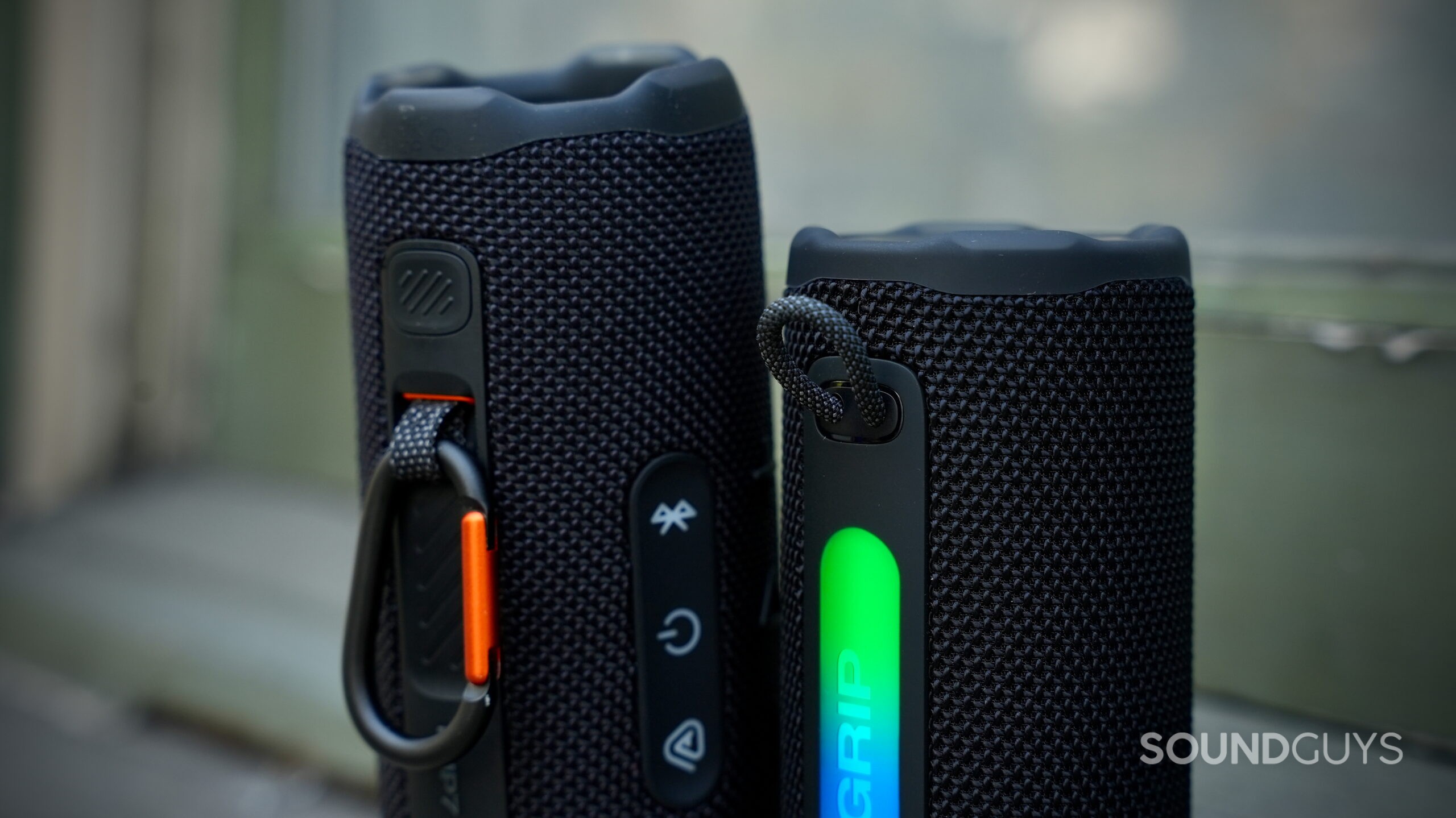
The JBL Grip is perfect if you want something light, fun, and ultra-portable. I loved using it for bike rides and park hangouts, and its lighting strip adds a touch of personality missing from most Bluetooth speakers. Just know its battery life collapses at high volumes, and it doesn’t deliver the same bass authority as larger models.
The Flip 7 is the smarter choice if you care more about sound and stamina. It’s tougher, lasts longer, and has features like USB lossless playback, making it more versatile. If you want the smallest JBL speaker that still sounds good, get the Grip. If you want more consistent performance for outdoor hangs and travel, the Flip 7 is worth the extra cash.
What should you get instead of the JBL Grip and JBL Flip 7?
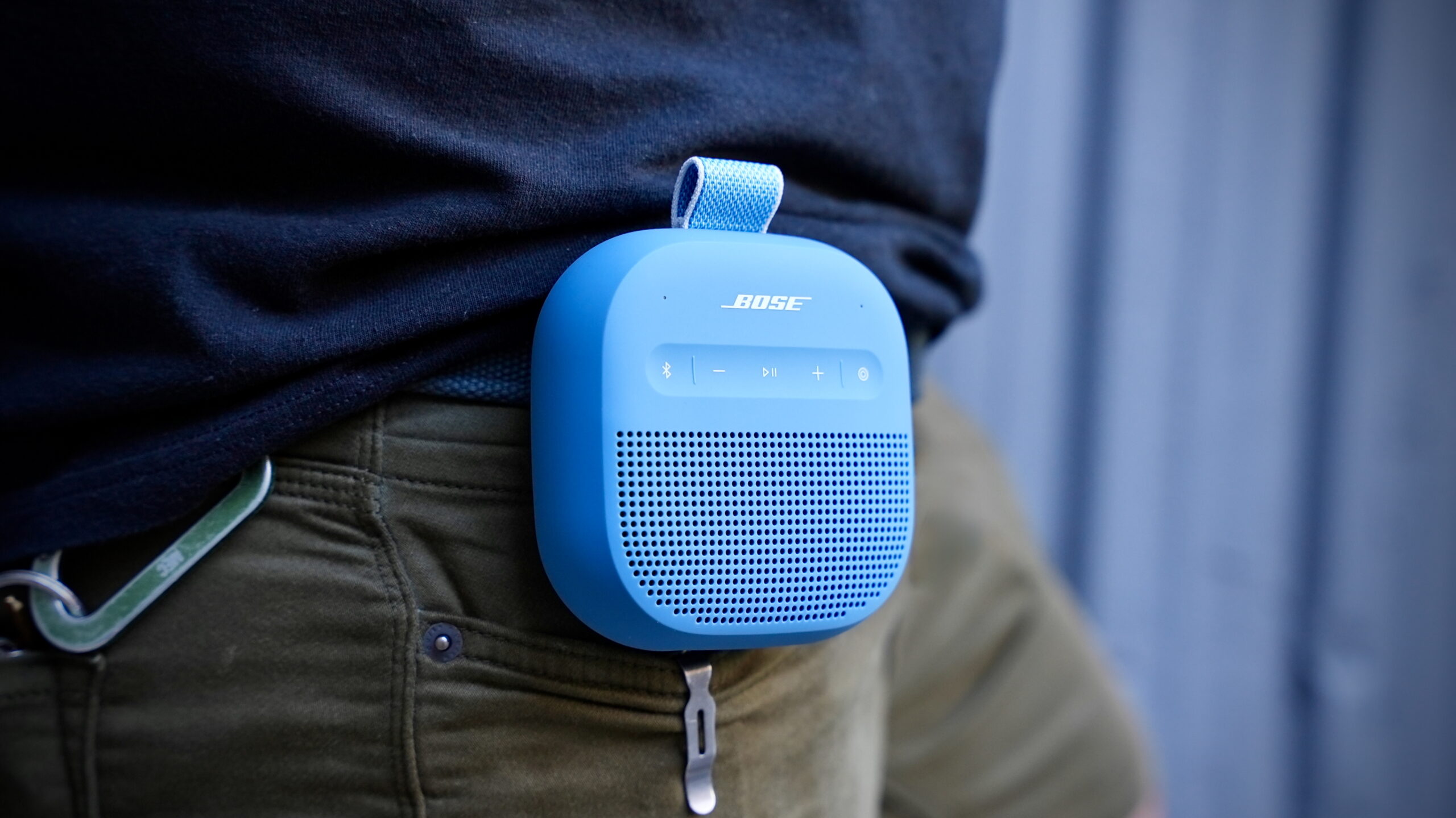
If you’re after good sound on the go, check out the Bose SoundLink Micro (2nd Gen). This recently refreshed mini speaker now offers an IP67 rating, a new replaceable fabric strap, and—most importantly—improved sound over the original. With USB-C charging and a new shortcut button, the Micro (2nd Gen) is a solid upgrade across the board. Snag one for $129 at Amazon.
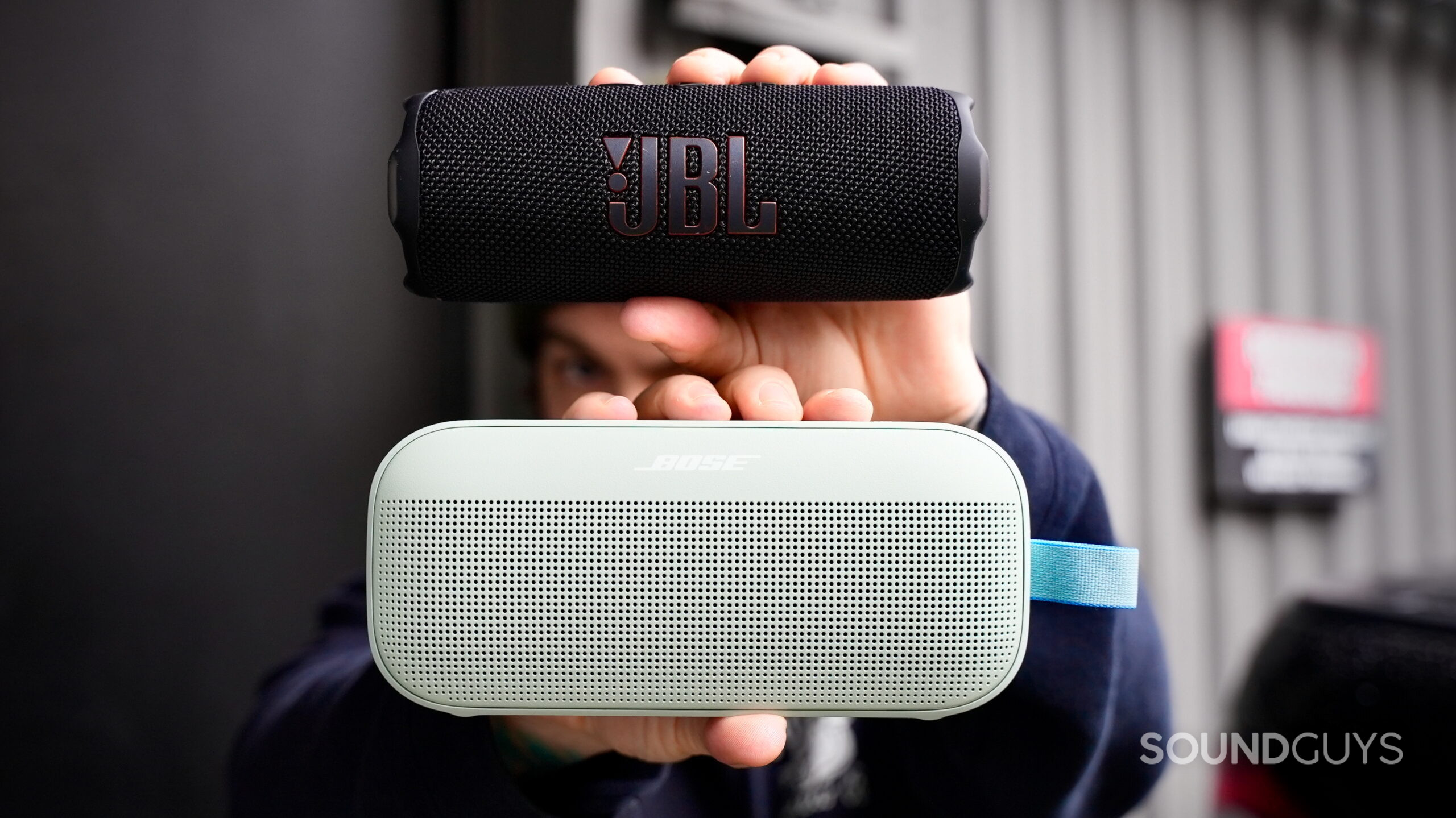
Otherwise, the Bose SoundLink Flex (2nd Gen) is another solid option if you want a bit more output while keeping things portable. Like the Micro (2nd Gen), it’s IP67-rated with a durable build, but it’s closer to the Flip 7 in terms of power. It sounds great right out of the box and has plenty of volume for you and a few friends. Find one for $149 at Amazon.
Thank you for being part of our community. Read our Comment Policy before posting.